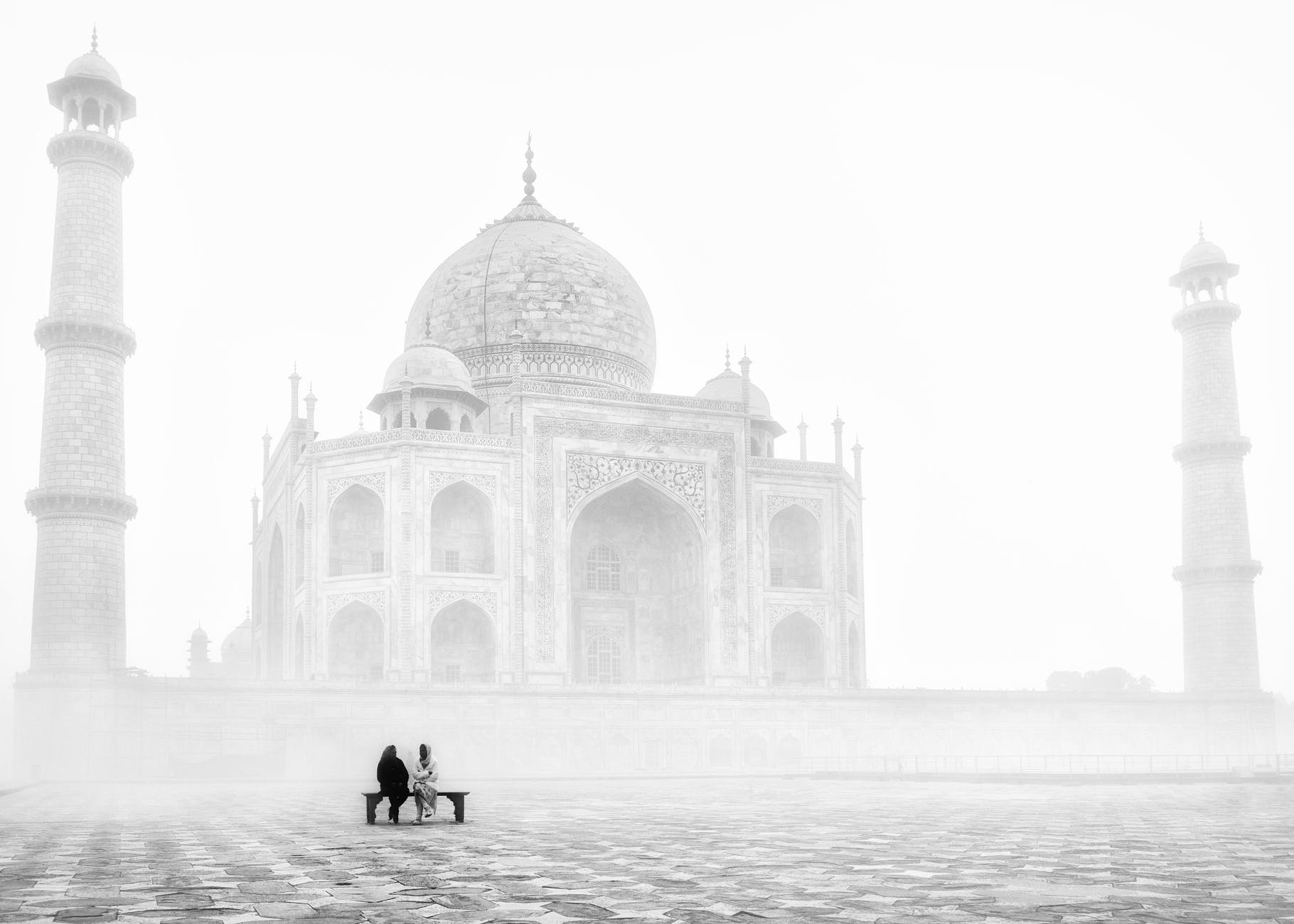

Danish Siddiqui 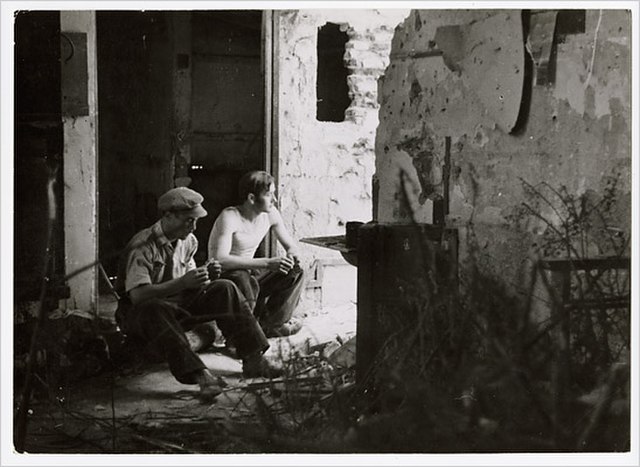
Gerda Taro 
Robert Capa 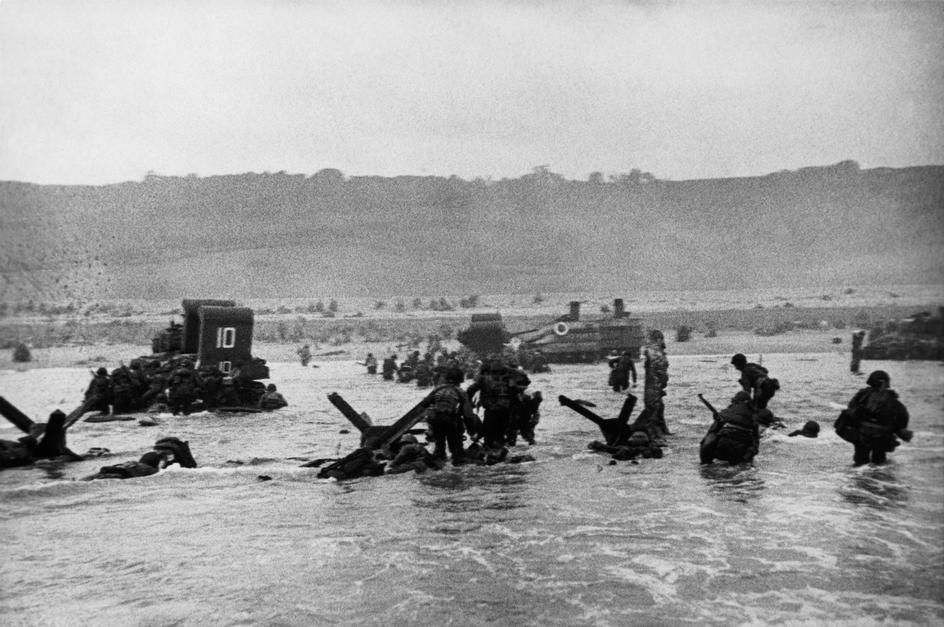
Robert Capa 
Robert Capa 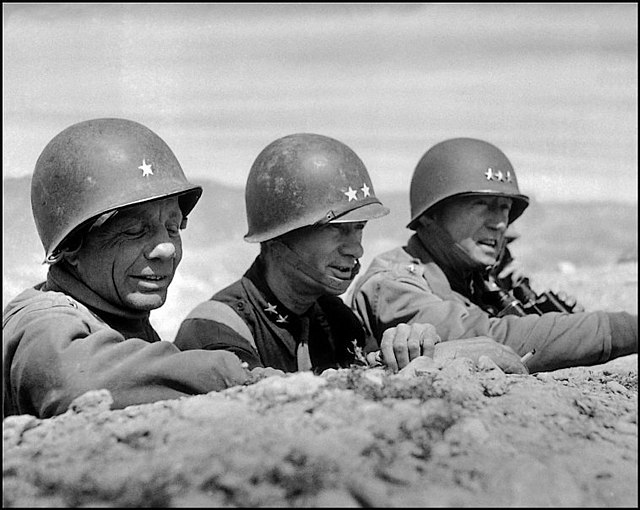
Robert Capa 
Gerda Taro 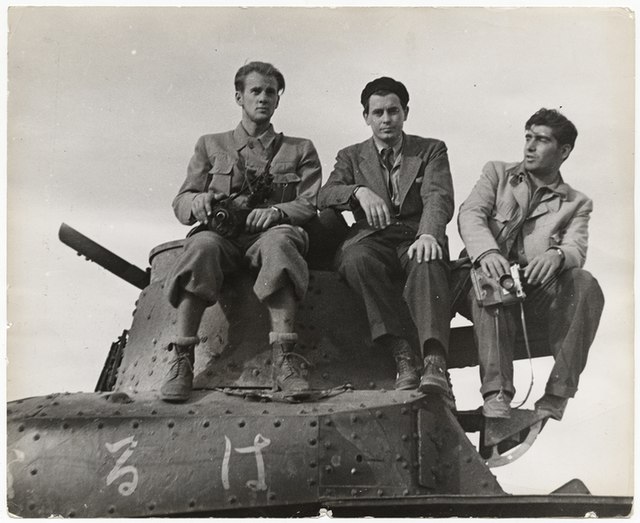
Robert Capa
What is so striking about these pictures?
This art of documenting through pictures has been around since the dawn of photography. But technology has evolved. Colored photos have replaced black-and-white ones. With the digital revolution, film rolls and the dark room have evaporated. But throughout this evolution of photography, the job of the photojournalist has remained the same: to capture a moment in time, to tell a story without words.
This article will provide you short tips and simple tools to make pictures like a pro. Moreover, my goal in writing about and sharing my experience is to improve your work’s potential for publication.
What makes a Picture connect with the Audience
- Choose the Right Spot
The most important decision you’ll make when it comes to taking an excellent photo has nothing to do with your camera or your lens. Composition is key to visual appeal, so your foremost task is to choose the right spot from which to shoot.
If you ask a studio photographer to name the most important aspect of photography, he or she will probably emphasize the value of lighting. A photojournalist, on the other hand, does not have the luxury to freely arrange studio flashes. Photojournalism is so engaging because it captures the spontaneity of a moment in time in all of its natural beauty. The only thing you have full control over as a photographer is your position. In choosing the right spot, you decide where the available light comes from, where the subject appears, and how the background is arranged in the picture. Whereas light may be the most important aspect of studio photography, your own perspective and intuition – in other words, choosing the right spot from which to shoot – will be what tells the story you want to tell.
- Using Compositional Elements
In choosing the right spot , you define the perspective, the background, and the objects you wish to frame in the picture. To arrange them in order that they possess striking visual impact, a timeless set of compositional rules exist, one with which you should make yourself familiar. Whether you’re an amateur photographer just starting out or an advanced photographer who needs a refresher, experimenting with compositional rules will always endow your photos with time-tested truths when it comes to aesthetics.
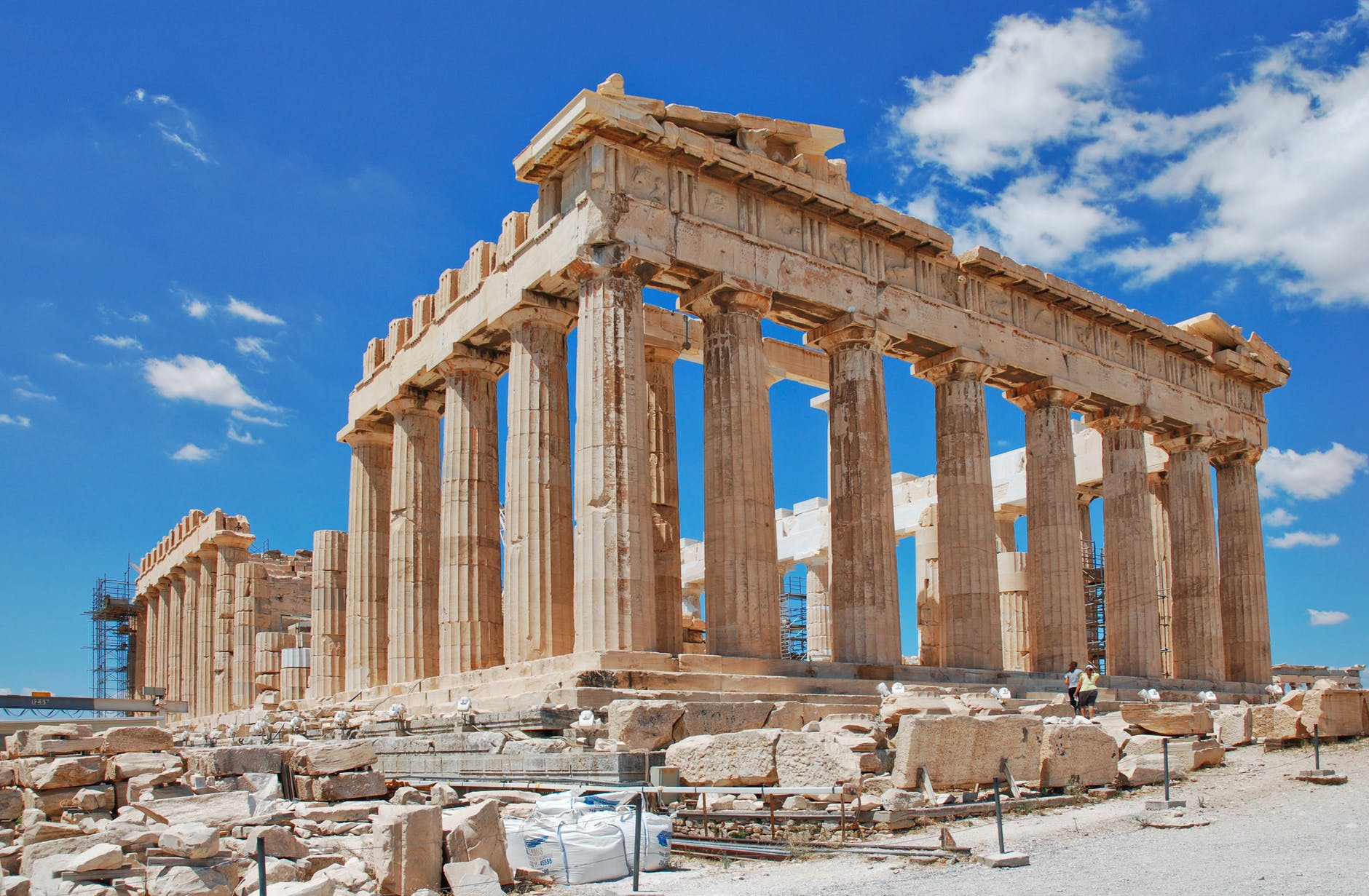
The Golden Ratio goes back even further than the Renaissance . The ancient Greeks studied this ratio, because it appeared often in geometry and in nature, so often that they were fascinated by it. The Parthenon’s façade is littered with golden rectangles, and the proportions of many Greek statues, dating back to 400 BC, embody the Golden Ratio as well. But what is this ratio and how can you apply it to photography?
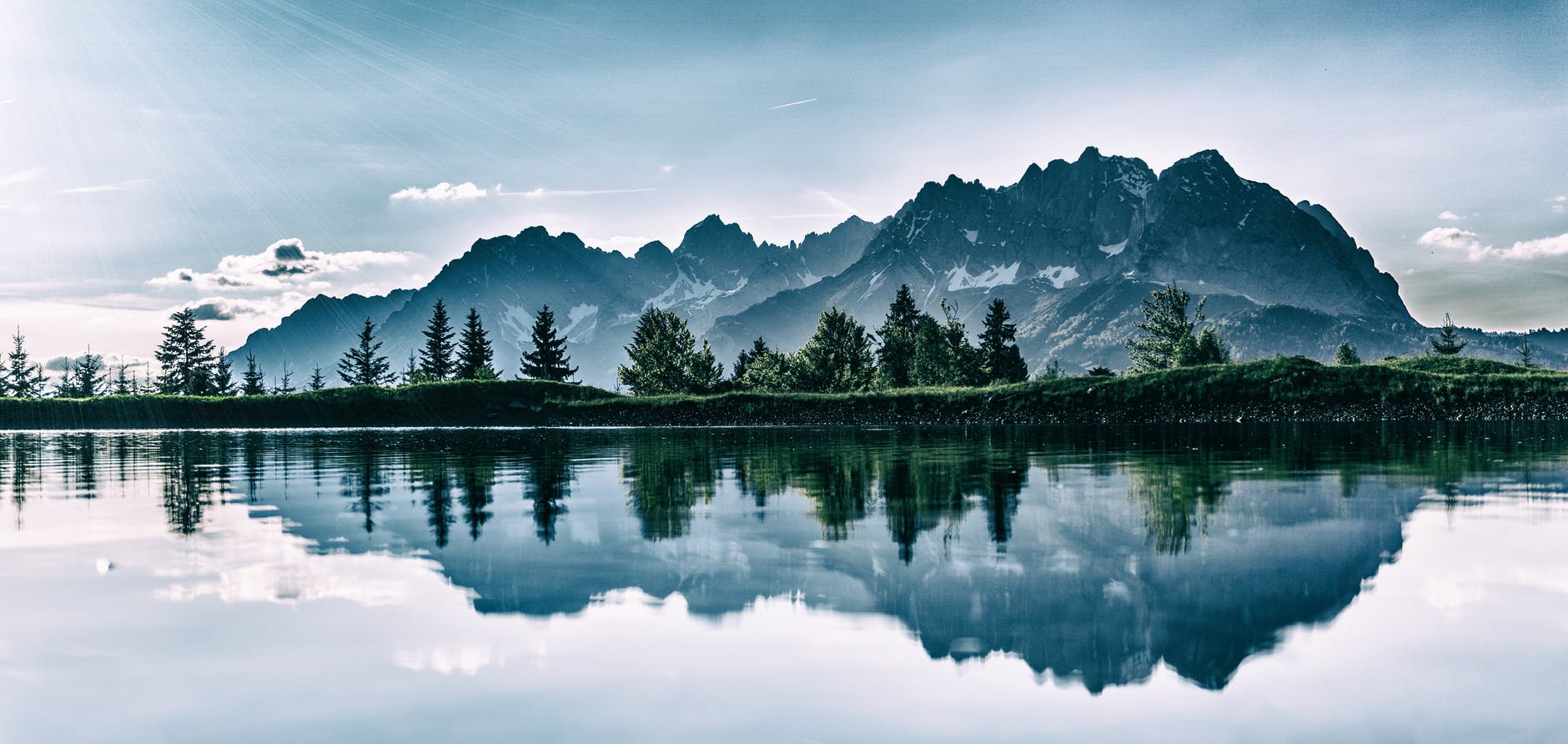
In photography, if the eye recognizes symmetry, this is sufficient in the creation of a compelling photograph. Exactitude and precision is unnecessary. An example of symmetry in a typical landscape photograph is the reflection of a tree in the water. A tree alongside a river would be rather boring on its own. With the addition of a symmetrical reflection, the photo becomes exponentially more intriguing.
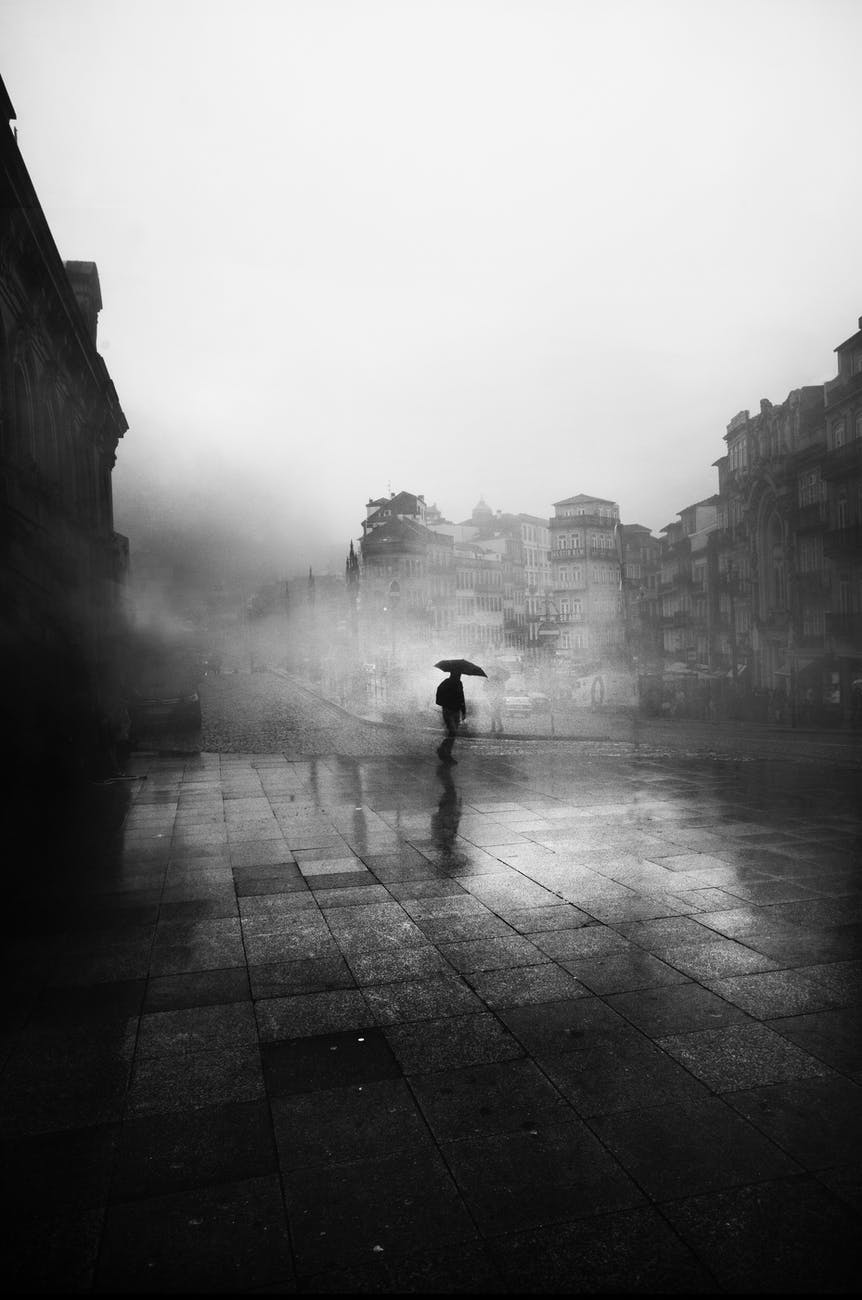
You can also use symmetry to frame a picture. For instance, to place your model or focal point between two similar houses, identical windows, or trees, you create an interesting dynamic and draw the viewer’s attention to that person or focal point. There are unlimited possibilities when it comes to using symmetry in composition. The human eye reacts strongly to symmetry in all forms. And this is what you want as a photographer – a strong reaction from your audience – because this indicates that you’ve communicated your story.
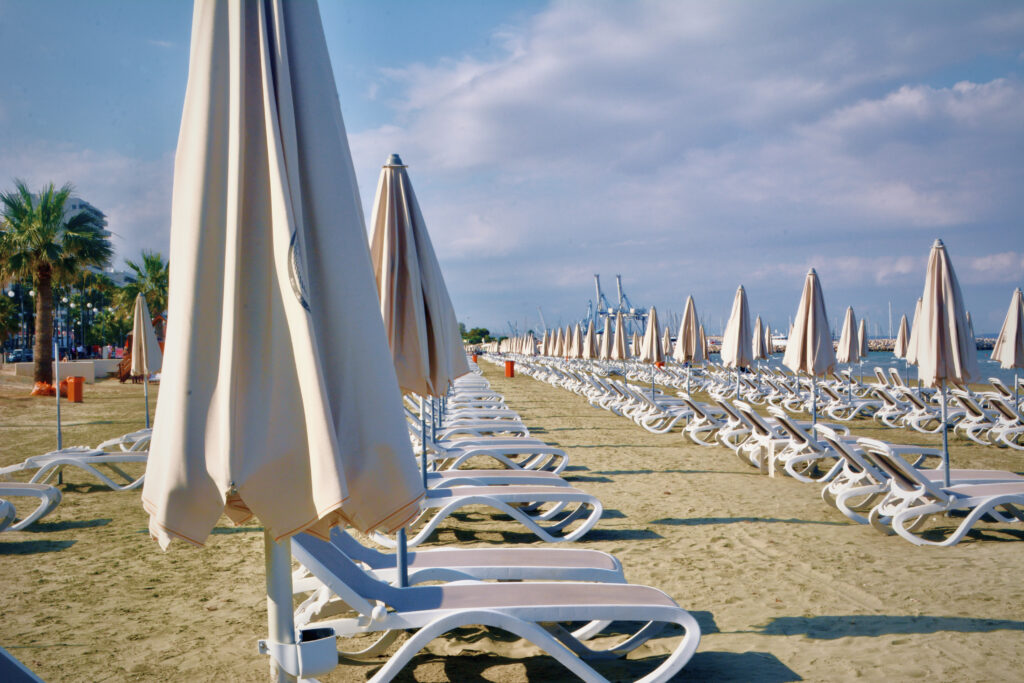
In photography, your diagonal is an imaginary line across the picture from a lower corner to the opposite upper corner. Using diagonals to drive your photo’s visual dynamics can result in incredible dramatic effects. The diagonal guides the eye across the entire picture. When this diagonal intersects with other lines, tension is created.
Finally, you can combine these compositional elements to create innumerable variations. For instance, combine the Golden Ratio with the diagonal by lining up a diagonal, not from the corners, but from the lower Golden Ratio to the upper one. Or combine the diagonal and symmetry by creating a symmetrical composition along a sloping line. The possibilities are endless; they only cease where your imagination and creativity does.
- Using Wide Angle lenses: Get Up Close and Personal
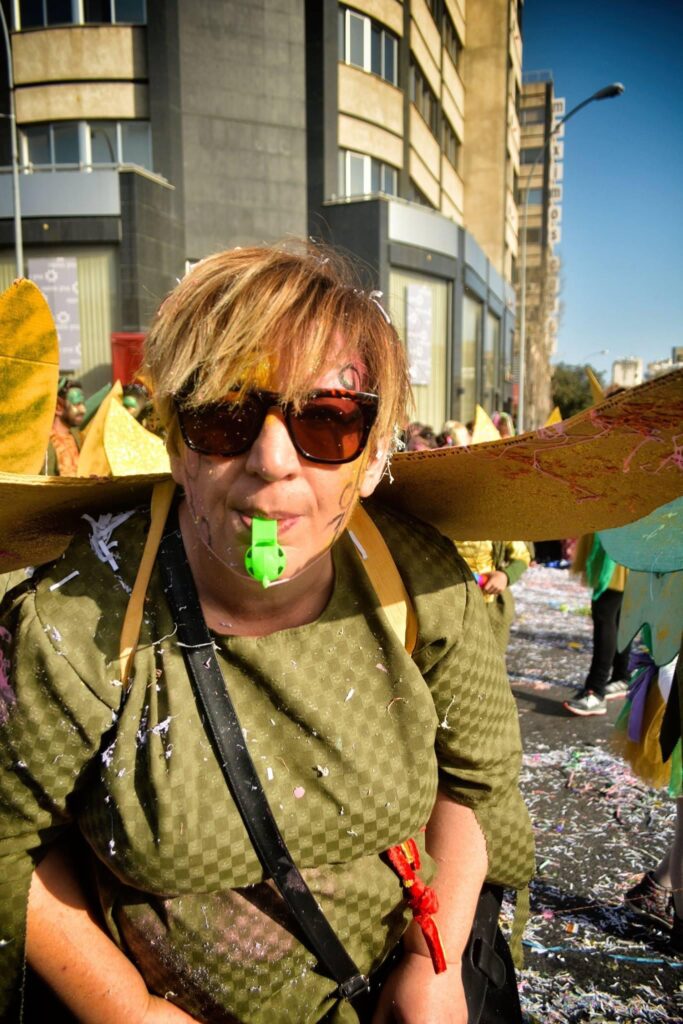
The famous war photographer, Robert Capa, once said,
“If your pictures aren’t good enough, you aren’t close enough.”
Long lenses may look impressive, but they should be relegated to the brand of photography for which they’ve been designed: in essence, classical portraits, sports, and nature shots. Long lenses capture beauty, wide lenses capture emotion and, as a photojournalist, emotion is what you’re after. Your pictures will be more intense and striking if you get close to your subject with a wide lens.
A wide lens on your camera (below 50 mm) will actually force you into the action, and because of this, your picture will gain depth and emotional charge. Don’t hesitate to get as close as a meter to your subject
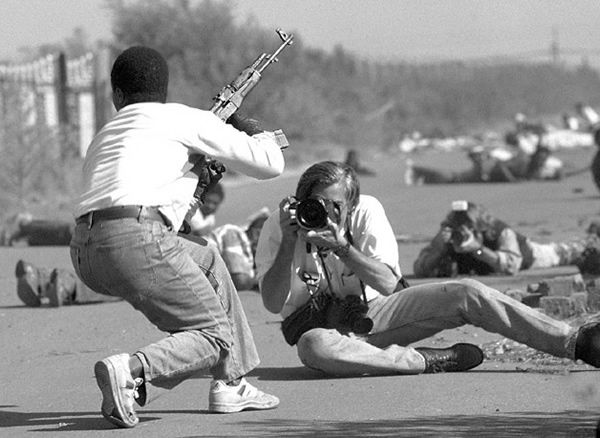
James Nachtwey , a renowned American photojournalist, was the subject of a famous photograph illustrating the danger of the job. In the photo, he’s crouched in the dirt, shooting pictures in the middle of a group of armed rebels who are shooting to kill. This famous photo demonstrates the great lengths some photographers will go to in order to capture that perfect shot. In fact, more recently, Nachtwey was caught in the crossfire while on the job; shot in the leg during the Thailand political protests of 2014.
For most people, this willingness to die for a photograph – or for a story – is a heroism beyond comprehension. But those brave photojournalists who have gotten close enough to the story to capture its truth serve the rest of us in doing so. They are humanity’s collective microscope on the cellular makeup of the world.
- A Picture is Worth A Thousand Words: Telling a Story with Your Lens
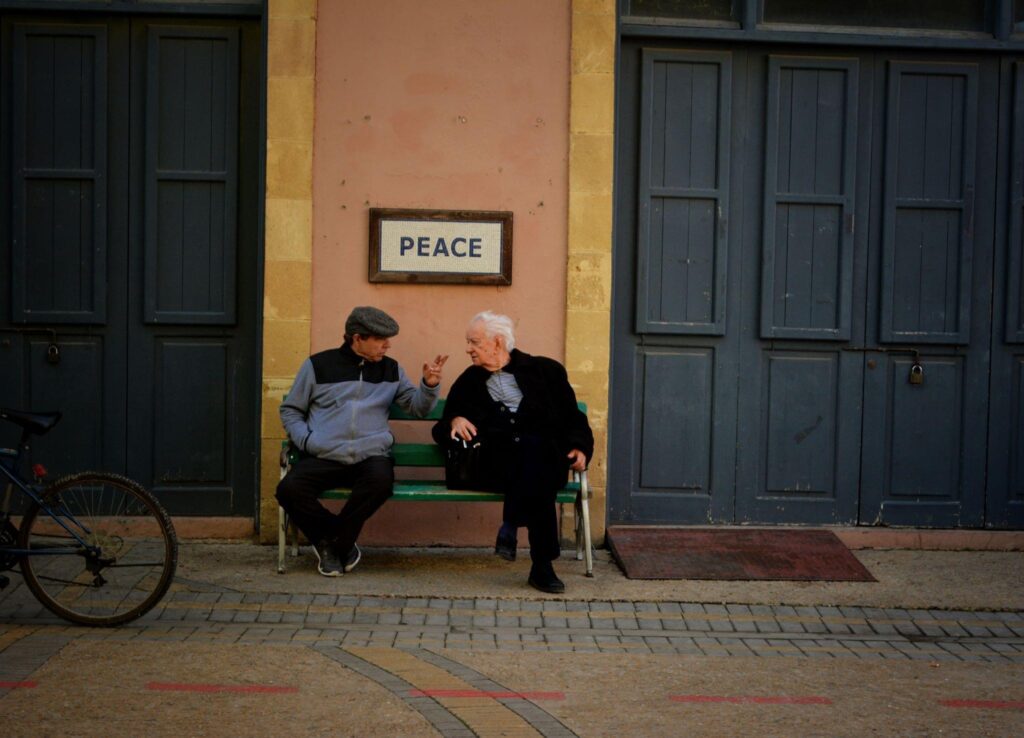
A good picture tells a story on its own. When your audience looks at your photographs, they should see the characters, the props, the plot; they should be able to interpret the story you’re telling. Pictures are a form of communication, therefore to be a great photographer, you must be a great communicator and story-teller. You must compile all the elements of a story into your photo’s composition.
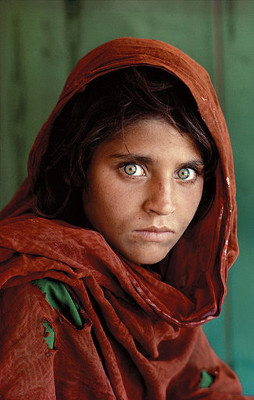
Sometimes the expression on a person’s face is enough to tell a story – take, for example, Steve McCurry’s famous National Geographic shot of the Afghani refugee. However, often you need an additional element in order to communicate the story. In fact, the McCurry photo was so captivating not only because of the young girl’s intense gaze, but because the red shawl she wore complemented the otherworldly green of her eyes.
James Nachtwey once said:
“For me, the strength of photography lies in its ability to evoke humanity. If war is an attempt to negate humanity, then photography can be perceived as the opposite of war.”
- Quantity Produces Quality: Take Lots of Pictures
George Bernard Shaw once said,
“A photographerlike a cod, which produces a million eggs in order that one may reach maturity.”
For beginners or for those photographers still shaping themselves, this is entirely true. In order to produce the “egg that reaches maturity,” the simple trick is this: take lots of shots.
In the digital age, there is absolutely no reason not to shoot multiples to capture a single portrait. Doing so allows you to experiment with different shutter speeds, positions, lighting, etc. Elongating the shoot will also allow you to create a deeper – and, therefore, more authentic – relationship with your model, putting them at ease so that you might capture that moment of vulnerability that makes for a great photo: when your subject is most naturally and beautifully human.
Annie Leibowitz once said that she needs three rolls for a portrait: one to get the model used to the situation, a second for the real work, and a third for backup.
- In Conclusion: Know your Art
if you want to look like a pro, then you have to know your material, it has to exist in your heart. You need to be able to handle your camera in a every situation, whether that’s at night, when you’re awoken from a deep sleep by a story, or under high pressure, in the case of time-crunch or as a result of the desperate conditions in which you’re shooting. In fact, you’re professionalism and self-assurance in the handling of your working tool will also give the subjects you’re shooting confidence and trust in you.
Disclaimer: All recommendations are impartial and based on user experience, with no bias to the products or the brand. The products in this post may contain affiliate links.
[…] Photojournalism: Tips to Make Pictures like a Pro […]